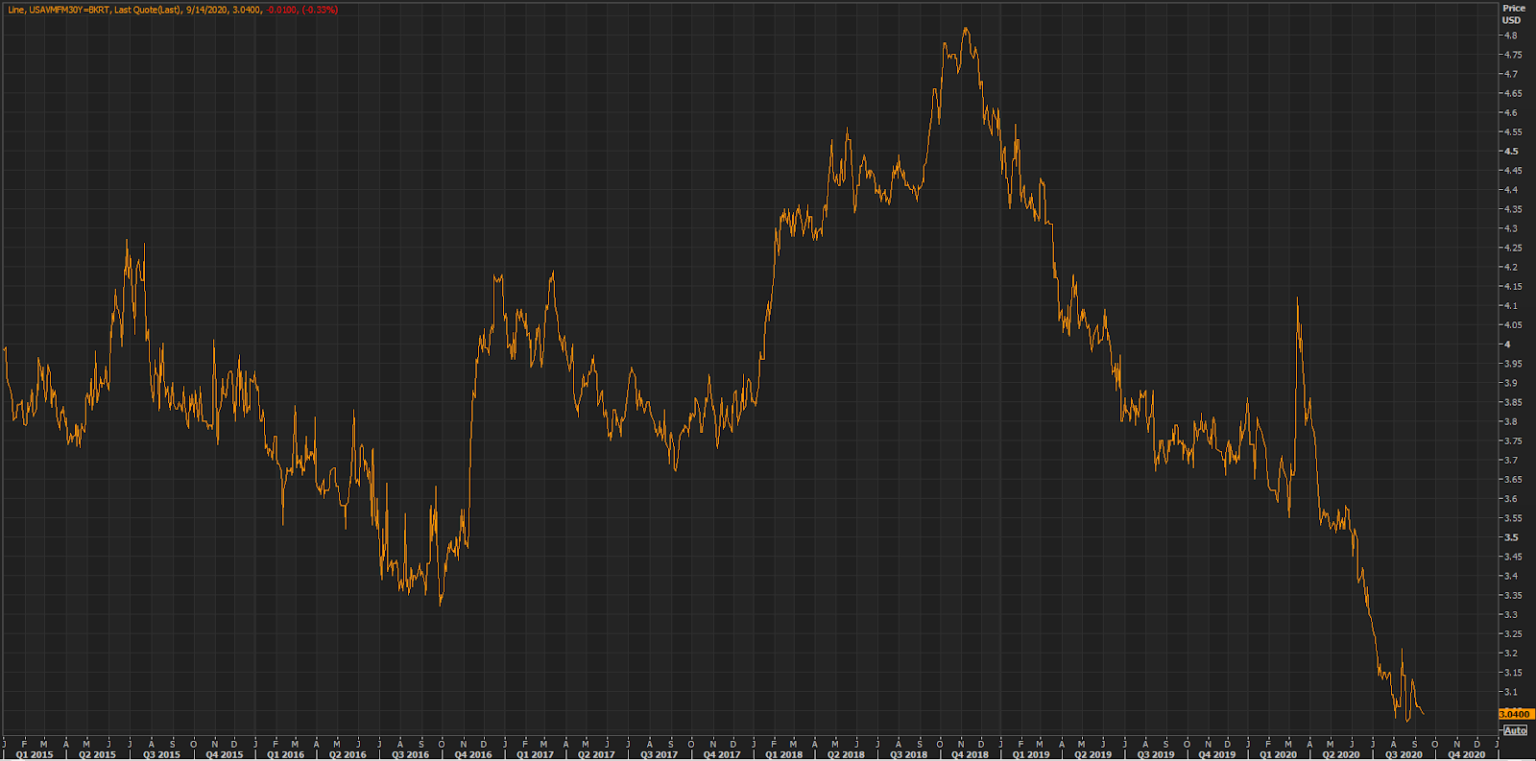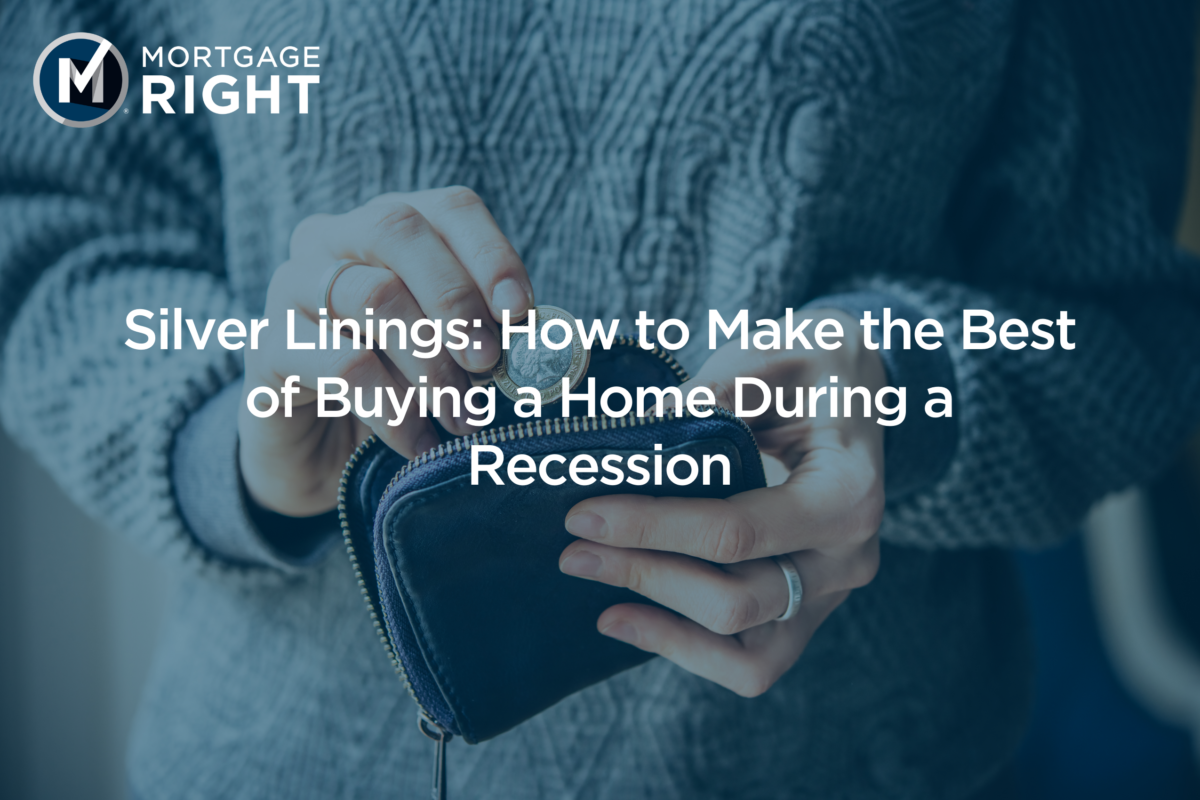
Budgeting seems such a daunting task. We start with our monthly income, then start carving it up into smaller and smaller pieces as we subtract expenses. Take another look, and you just might realize the process is really an empowering experience.
That’s because budgeting gives us something akin to superpowers in helping us reach our goals. That said, we offer the following ideas on how to set up a budget, as well as a few tips on how to tackle debt, pay bills on time, and boost your credit score.
What Is Your Budget?
In its most basic sense, a budget is your income after taxes, minus all your monthly expenses. Some of the costs you want to be sure to account for are:
- Mortgage (or rent, if you’ve yet to purchase your first home)
- Utilities
- Insurance (health, life, car, etc.)
- Groceries
- Phone bill
- School/Childcare
- Subscription services (lawn care, cable, gym memberships, etc.)
- Vehicle (payments, maintenance, and gas)
- In addition to making automobile payments, consider adding line items to pay down other debt (see below).
- Lastly, if at all possible, add a line item for savings. This could be for unforeseen expenses, as well as for things like gifts, a child’s college fund, and retirement.
Write out your budget, and most importantly, track it. Your budget will probably change slightly from month to month, but it will still provide a good overview of your expenditures. Tracking allows you to analyze and make changes if needed in the future.
Minimize Your Debt
Prioritize paying off any outstanding debt by including it in your budget as a “necessary” expense. While you can still buy a house if you have outstanding debt, eliminating or reducing it will allow you to do any number of things, not the least of which is raise your credit score and help you in the home loan approval process.
Set Up Automatic Bill Pay
Late fees are the worst — especially when they’re the result of an unfortunate mix up about a due date or just plain old, ordinary forgetfulness. Automatic bill pay can help eliminate such mistakes by paying your bills on a schedule that you set up.
One suggestion, however – before your start auto-pay, make sure your budgeting work doesn’t need adjustments by tracking it for a few months. A simple error in math or a forgotten bill could result in those very late fees you’re trying to avoid. For extra assurance, you might also set reminders for due dates, even with auto-pay, to remember how much money will come out of your account and when.
Keep Yourself Accountable
It can be easy to lose sight of your budget goal if you’re the only one responsible for it. Share your expectations with a spouse, friend, or family member who is willing to check-in and make sure you’re on track. Let them know where you plan to cut back and ask them to help hold you to it.
Set benchmarks for each month! Determine how much you want to save and celebrate each success along the way to your goal. You’ll soon realize your new home, special occasion/holiday gift, or home improvement project is within reach …
Reach Your Goal With MortgageRight!
Whether you’re looking to purchase a new home or refinance your current home, MortgageRight is lending as it should be. We can help you apply your budget to a low-rate mortgage that is right for you.
To learn more about how we can help you plan for tomorrow – including that all-important step of getting pre-approved — give us a call at 205-776-8401!


















